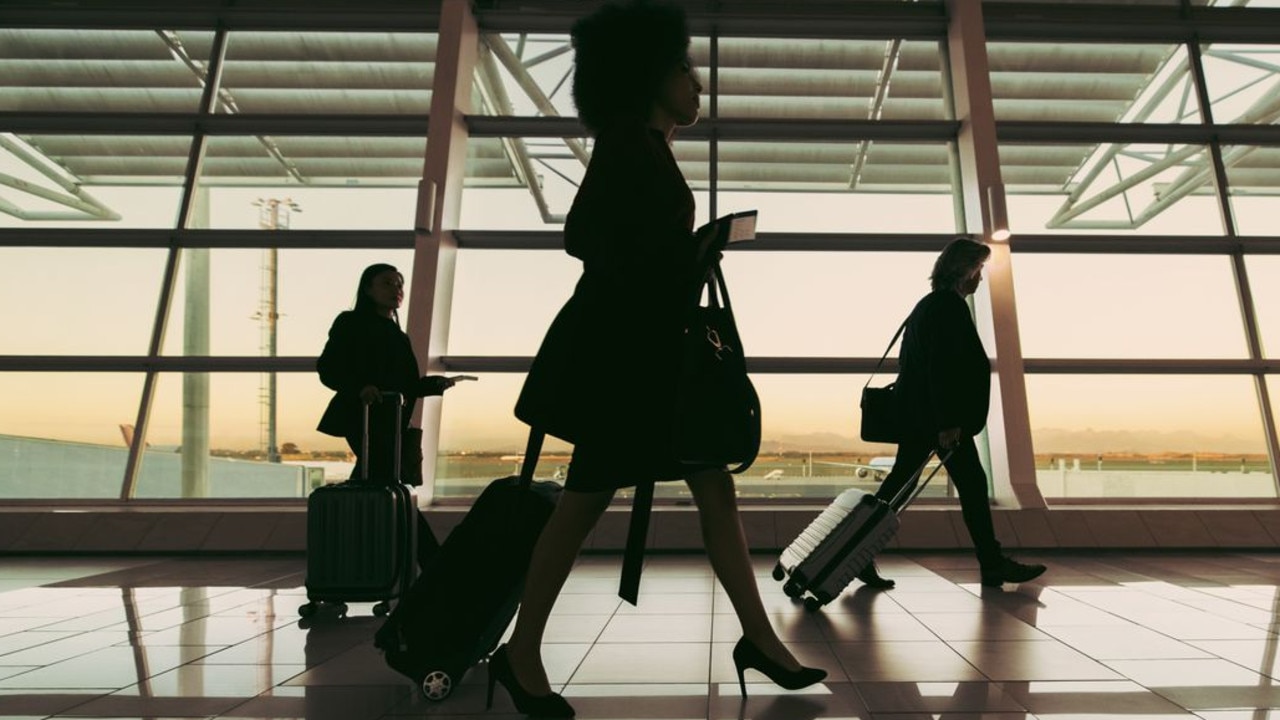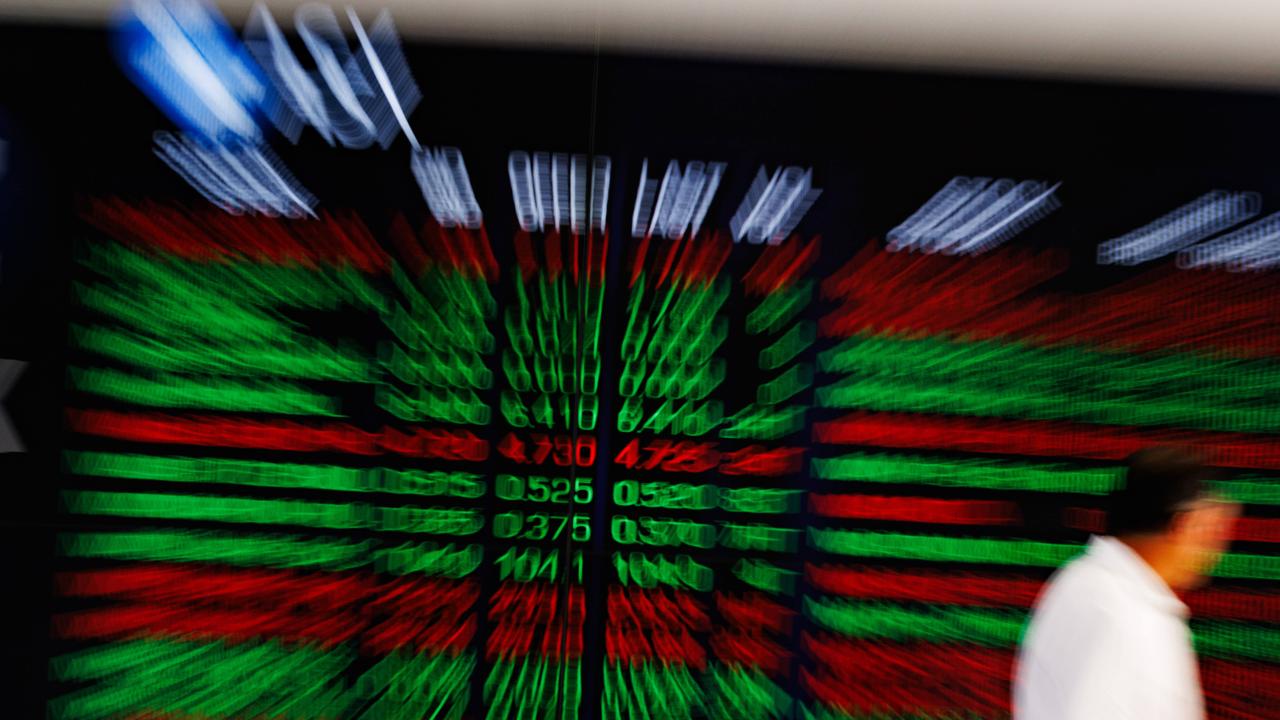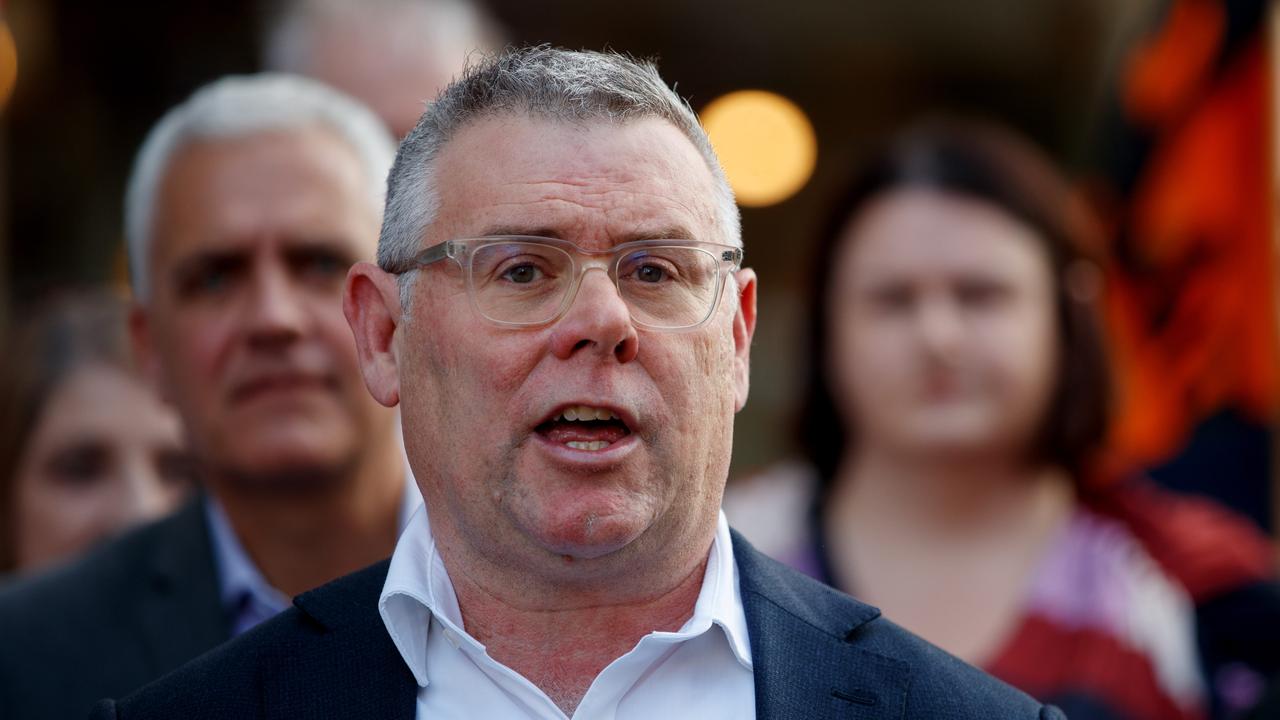Office vacancy rates at highest level since 1990s recession, despite recent push away from WFH
A new report has revealed the extent Australia’s capital cities have transformed, as moguls with skin in the game cry out for help.

Companies
Don't miss out on the headlines from Companies. Followed categories will be added to My News.
The commercial office sector in Australia is experiencing a turbulent shift as the aftermath of the pandemic continues to shape the market.
While the impact of remote working on office occupancy rates remains a key theme, the sector has found some signs of resilience, particularly in high-amenity spaces close to transport hubs.
But the overarching narrative remains uncertain, as corporate hubs Australia’s capital cities get compared to “ghost towns”.
The latest Office Market Report from the Property Council of Australia paints a mixed picture.
On one hand, leasing activity has picked up and there are signs of increased momentum, especially in areas with convenient public transport connections.
The shift back to office spaces is “pointing in the right direction”, according to Property Council President Carmel Hourigan, quoted in the AFR.
But even with some encouraging signs, the sector continues to face serious pressure, with vacancy rates hovering at their highest levels since the early 1990s recession.
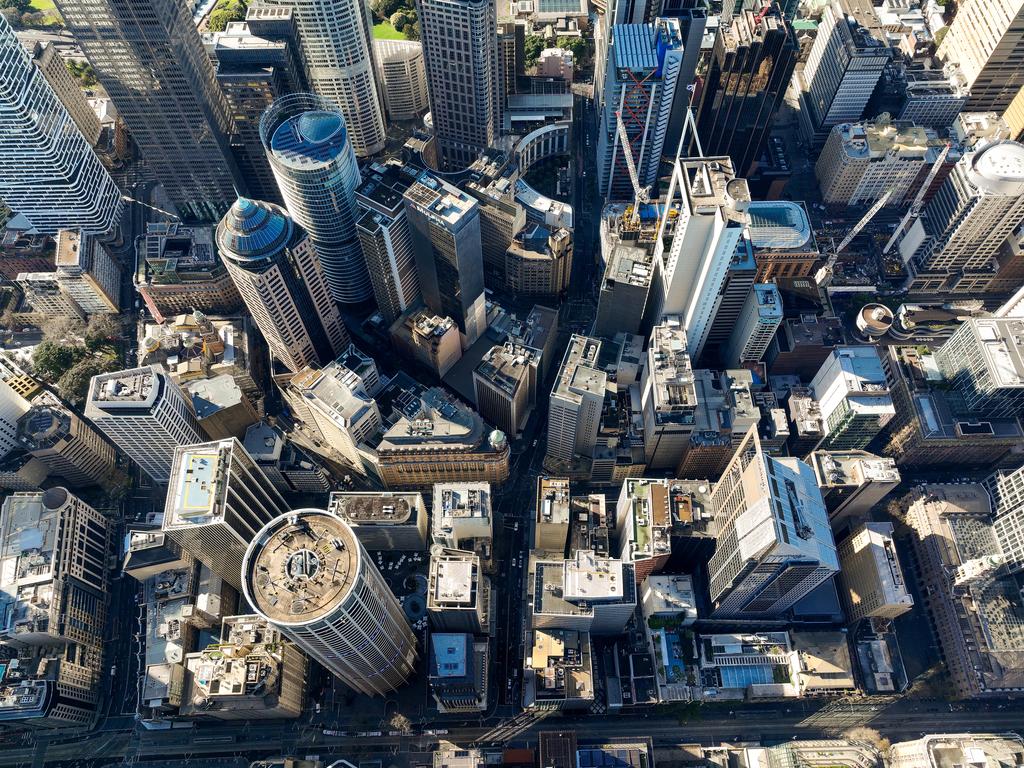
For commercial real estate giants, the real sting is in the incentives and rebates offered to tenants — which are often as high as 40 per cent off nominal rent for long-term leases.
Another important factor is that the crisis of office real estate isn’t exactly devastating for everyone involved.
The major casualties are commercial landlords, real estate moguls and investors who rake in eye-watering profits from a booming commercial real estate sector.
A recent survey conducted by KPMG, the 2024 Global CEO Outlook, found that 83 per cent of CEOs expected a full return to the office within the next three years.
But for regular workers, the rise of WFH has been a long-overdue win.
No longer chained to a desk in an office tower, workers around Australia have embraced the newfound flexibility, reducing commuting times, saving on fuel costs, and even cutting down on carbon emissions.
The debate still rages about whether workers should be forced back in full-time, but the fact is that there’s never going to be a one-size-fits-all solution, with many workers continuing to demonstrate they are equally productive no matter where they work from.
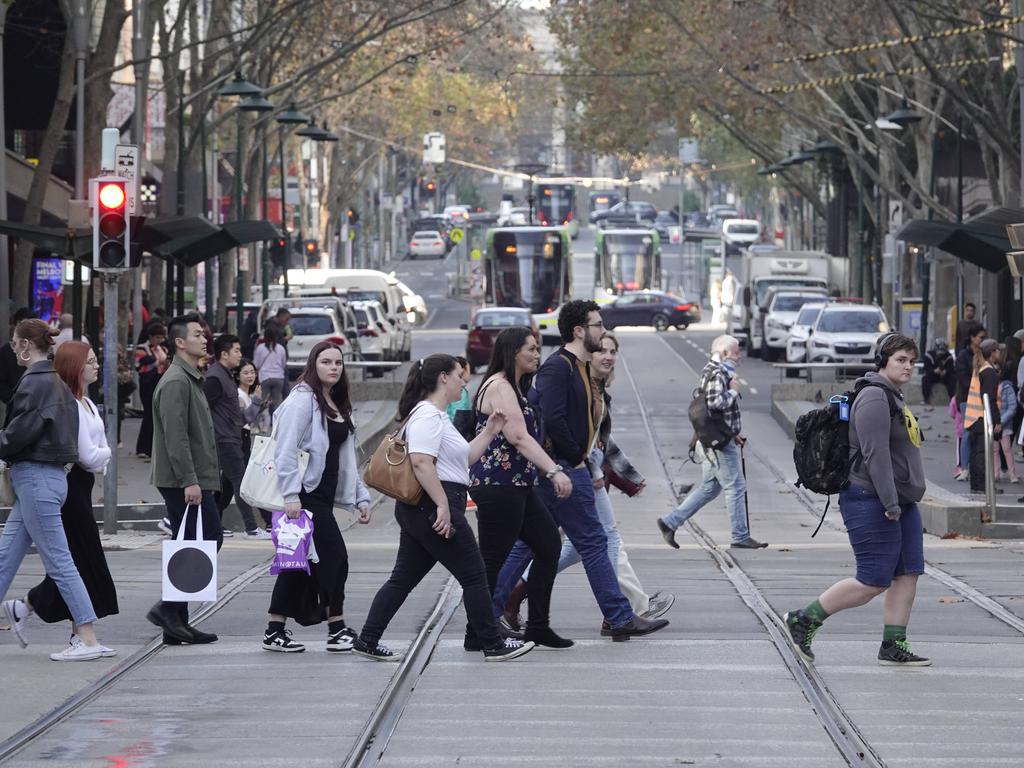
Melbourne’s CBD has been hit the hardest with occupancy rates remaining sluggish.
But there are signs of optimism around the country.
Prime real estate in Brisbane’s “Fringe” market has attracted increasing demand from both public and private sectors, while Sydney has seen net rental growth in its CBD as businesses seek to consolidate space in the CBD.
For real estate magnates, the situation is less about recovery and more about long-term strategising.
As the Property Council’s report suggests, the full impact of the pandemic’s changes to work culture has yet to be fully realised.
With new office projects stalled until at least 2025, the sector could face further challenges and property investors are treading carefully.

Workers reluctant to give up WFH
High-profile companies are leading the charge to get everyone back in the office full-time, but it’s being met with some resistance.
Late last year, Tabcorp has told its 1,000 employees that office attendance is the “default position”.
Amazon went even further, mandating a five-day-a-week return by January 2025.
It’s a stark contrast to the growing legal framework that strengthens workers’ rights to flexible arrangements.
And for workers who started their careers remotely, flexibility is now a standard expectation, if the job is performed entirely from a computer.
Some workers have displayed they are willing to seek other opportunities if rigid office policies are enforced, meaning companies issuing blanket return-to-office mandates risk losing sections of their workforce, particularly younger employees.
In a recent survey, news.com.au asked a sample of Aussies their thoughts on an array of issues, and found some surprising results when it came to the return-to-office push.

Of the 1870 surveyed, 35 per cent said they would prefer to work from the office five days a week, 31 per cent believe one to two days working from home is optimal, 22 per cent prefer working three to four days from home and 12 per cent believe WFH full-time is the best set-up.
But there is an intriguing detail in the statistics.
Of those who believe full-time office work is ideal, almost half (45 per cent) are retired.
More than half (56 per cent) of over-75s were in favour workers showing up to the office full-time, along with 42 per cent of Baby Boomers.
In contrast, only 29 per cent of Millennials and 23 per cent of Gen Zers hold his perspective.
Of the current full-time employees surveyed, 69 per cent believe that anywhere between one and five days working from home was acceptable, with Gen Z and Millennials making up the vast majority of those holding this opinion.
-- with Alexandra Foster
Originally published as Office vacancy rates at highest level since 1990s recession, despite recent push away from WFH


